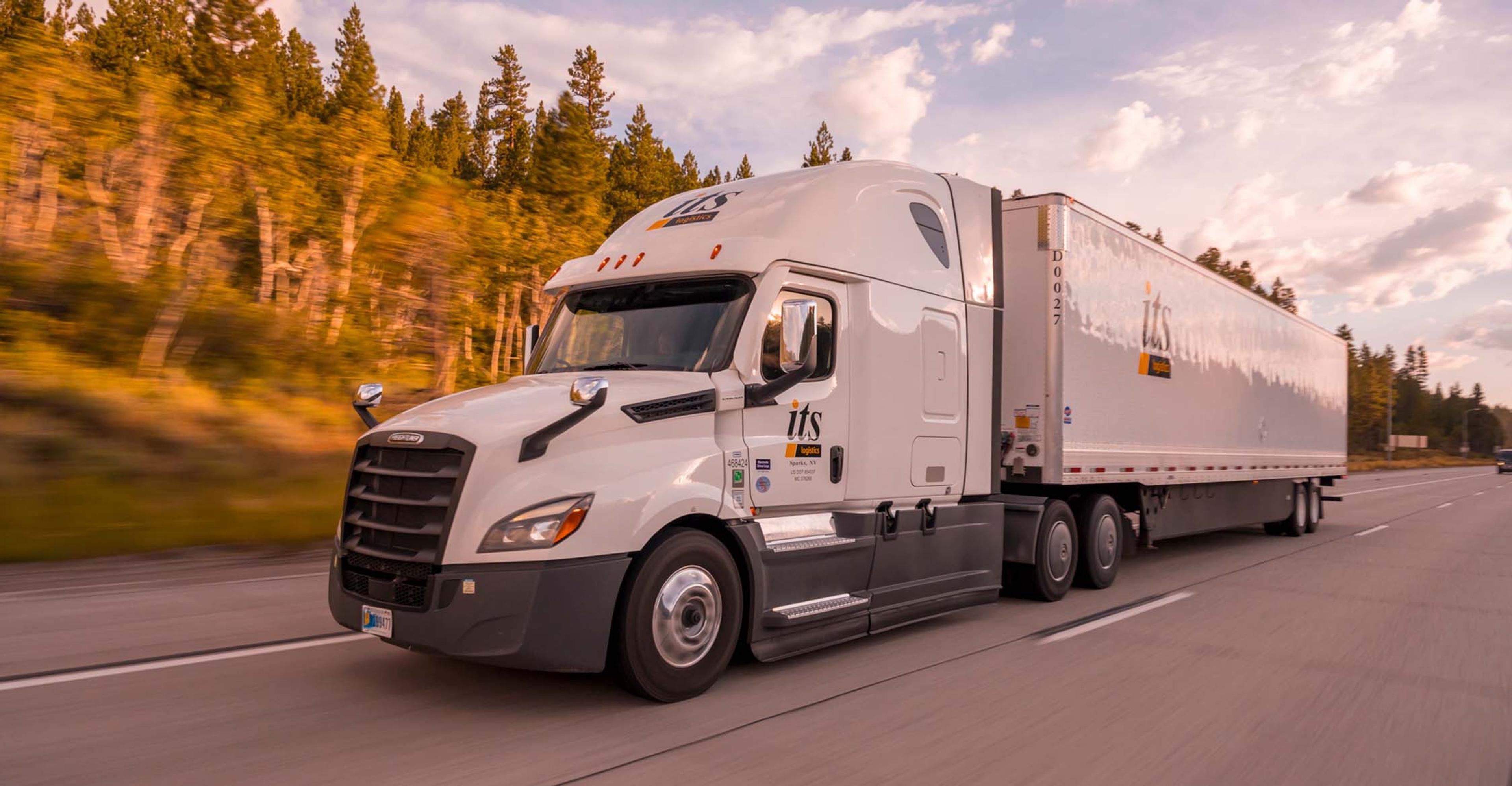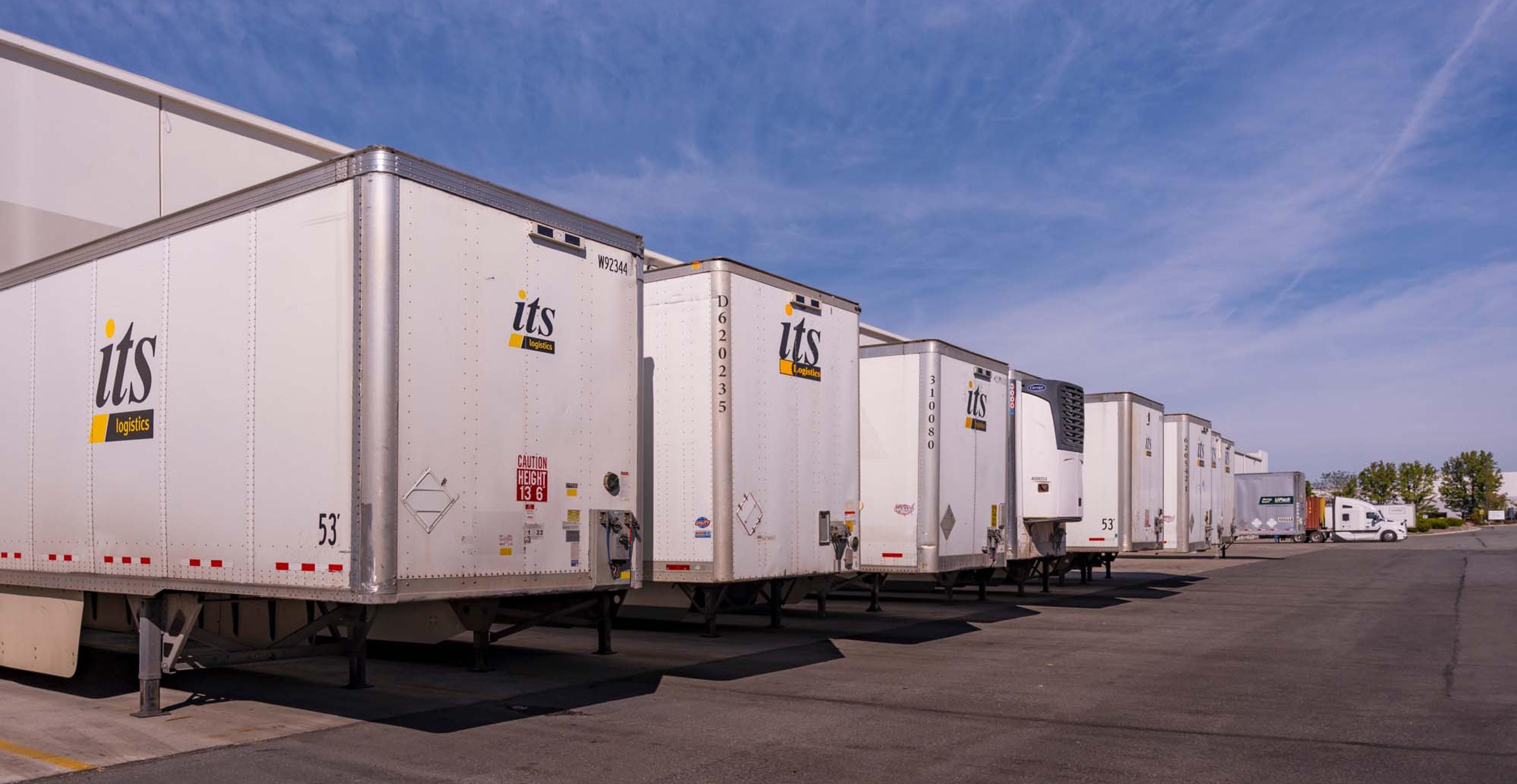How Will EVs in the Trucking Industry Impact the Supply Chain?

EVs in the trucking industry are on the rise
The United States trucking industry has been consuming fuel at a growing rate as freight volumes continue to increase year-over-year. U.S. trucks carried 11.84 billion tons of freight in 2019, the largest amount in six years. That number dropped in 2020 with 10.23 billion tons of freight moved and in 2021, 10.93 billion tons were moved. The projected growth of freight volumes is estimated to be 17% over the next decade. With fuel becoming more expensive every year, EVs in the trucking industry are are being considered with the hope to reduce costs.
The electric vehicle industry has been developing at a rapid pace for passenger vehicles with connected cars, fast charging technology, smart charging, and other advancements hitting the market. Sales of electric vehicles have been increasing since 2019, jumping from 2.6% to 7.2% in 2021. This is still a small portion of cars sold in the United States, but forecasts state that by 2028 the EV market will have a growth in sales of 35%.
Why haven’t electric trucks taken off in the same way as electric passenger vehicles?
A new study of highway charging requirements found that by 2030, electrifying a typical highway gas station for electrified passenger vehicles will require as much power as a professional sports stadium. The projected power needs for a big truck stop by 2035 would equate to that of a small town. A connection to the power grid that can handle more than 5 megawatts can take up to eight years to build. In addition to the lengthy timeframe, such a project would cost tens of millions of dollars.
Infrastructure for charging of commercial trucks is still under development in North America. A tally by BloombergNEF reports more than $1.2 billion worth of investments announced for chargers in 2022 and 2023. This would be enough to build more than 4,000 truck-charging points in the United States and Europe. US government incentives, passed in 2021, set aside $7.5 billion to help fund a national system of chargers, with additional funds to help pay for updates to the grid. However, if power upgrades don’t start soon the transition to electric vehicles will be quickly constrained by a grid unprepared for demand.
In addition to infrastructure challenges, there are other variables to consider when electrifying a fleet. The up-front cost of a truck is substantially higher than a regular diesel engine, even with the varying incentives currently being offered. Electric batteries are considerably heavy, causing concerns of a lower payload that can be hauled. Highway driving can take a heavy toll on trucks and, in turn, on an electric truck’s battery. Extreme temperatures affect the ability of batteries to recharge and discharge normally, which could lead to frequent replacement or unknown cost of repairs.
A Q&A with Matt Schrap, CEO of Harbor Trucking Association
Getting to know the pros and cons of EV trucks will allow you to reap the full benefits of what this technology has to offer. We sat down with Matt Schrap, CEO of Harbor Trucking Association, to learn more about the impact of EVs in trucking, especially in and around the nation’s largest port complex of LA and Long Beach.

Matt Schrap, CEO of Harbor Trucking Association
Matt Schrap currently holds the position of Chief Executive Officer for the Harbor Trucking Association. Since taking the role in June of 2021, he has been working within the myriad of challenges impacting harbor drayage and maritime operations on the West Coast. Previously, Matt was the Vice President of Government Programs for the Velocity Vehicle Group where he worked closely with state, local and national governmental organizations while also assisting hundreds of equipment owners with in-use regulatory compliance standards and public assistance opportunities available for heavy-duty equipment turnover in California.
Before his time at VVG, Matt held the position as Director of Environmental Affairs for the California Trucking Association where he worked on Air Quality Regulatory Programs and Intermodal Policy. Matt joined CTA after completing a Fellowship with the Center for California Studies, State Senate Fellows Program. He is also an instructor for the Center for International Trade and Transportation Global Logistics Professional Designation at CSULB and holds an MA in Public Policy Administration from CSULB and a BA in Government from Sacramento State.
How are EVs impacting the trucking industry?
“There are vocational segments of the trucking industry that are perfect for electrification. For example, overnight charging, predictive routes, and lighter gross vehicle weight rating (GVWR) that doesn’t require a massive battery and the capacity that comes with it for hauling cargo. There are segments that are very appropriate for electrification and a lot of carriers are embarking on a zero emissions pathway. There may be many legitimate reasons to move into that space, however the problem with broad mandates across all trucking segments is that many are simply not conducive to electrification. There is a huge lack of charging infrastructure in particular segments, especially for drayage and small fleet operations. When you don’t own the land that you are operating on, you can’t install chargers on those sites. And not everyone has the time or capability to go back to base for a charge. Then you’re stuck with a tractor that you can’t use, or as I like to call it: a half a million-dollar piece of yard art. Overall, EVs impact on the industry is multi-faceted and things are being pushed forward before the proper infrastructure has been put in place.”
What are some of the limitations of EVs for trucking?
“Beyond the limitations of available charging opportunities, there can be some capacity payload loss on these zero-emissions vehicles. The trucks are heavier, weighing up to 29,000 lbs., as opposed to a standard diesel with fuel which weighs closer to 16,000 lbs. There is also some range anxiety that comes along with driving electric. On average, OEMs claim that trucks can travel up to 250 miles on a full charge, however there are so many variables out on the road to consider that could easily impact overall range capabilities. There are also unknown cost factors for fuel, repairs, etc. Depending on what time of day you’re charging and how fast, you could be hit with demand charges. Typically, you see higher rates between 4pm and 9pm, and there are tiers for energy usage, so the cost increases the more energy that is used. Then there is the matter of the initial upfront cost for purchasing one of these EVs. There are many incentives out there from states and the federal government, but the bottom line is they will not cover the full cost of over half a million dollars (or more) for one truck.”
What infrastructure changes would need to be made to support EVs in trucking?
“The existing energy grid today doesn’t not support the multiple megawatts, even into the gigawatts, of capacity needed to power the number of vehicles required to move existing freight. The bottom line is that we need more energy. Mandates in California have been created that will go into effect as early as January 2024. Just getting a handful of chargers installed can take up to two years. Even the switchgear that are needed in power systems may be subject to supply chain challenges, as components ordered from manufacturers overseas can be delayed due to shipping, labor or other supply chain related issues. The bottom line: there is a lot to do in a very short amount of time.”
Are EVs paving the way for fully autonomous vehicles?
“There is no doubt that technology is upon us, but I believe that autonomous driving has a much longer runway than electric vehicles. The motoring public has expressed concern about vehicles of that weight on the road without a driver in the seat. On the technology side, having driver assisted options would be a way to attract younger people to the trucking industry. Advancements with driver assist and semi-autonomous can make the driver experience more pleasurable. Technological advancements are happening across the industry and that’s exciting to see. Electric vehicles have been around for a long time but have just recently become more popular and critical. While these two areas of tech are being encouraged, one isn’t necessarily on the heels of the other.
Technology advancements in the trucking space are welcome and necessary, however safeguards are needed to ensure appropriate usage and application. The people operating these vehicles desire a peace of mind that they can do their jobs, get the work done, get fueled, serviced, etc. Each of our livelihoods is tied up in the on-time movement of goods, take that ability away and all parties are going to suffer. We need to gather more data as the first mandates in California go into effect in less than 10 months. Is this even enough time to gather enough data and research to deploy the needed infrastructure? These initiatives are not impossible but are far from simple. There are support mechanisms out there right now, so do your research and take advantage of what is available.”
Why choose ITS Logistics as your trusted partner
At ITS Logistics, we focus on being a strategic partner with our customers. Our approach is not transactional, but we build a long-term relationship with you and your supply chain.



